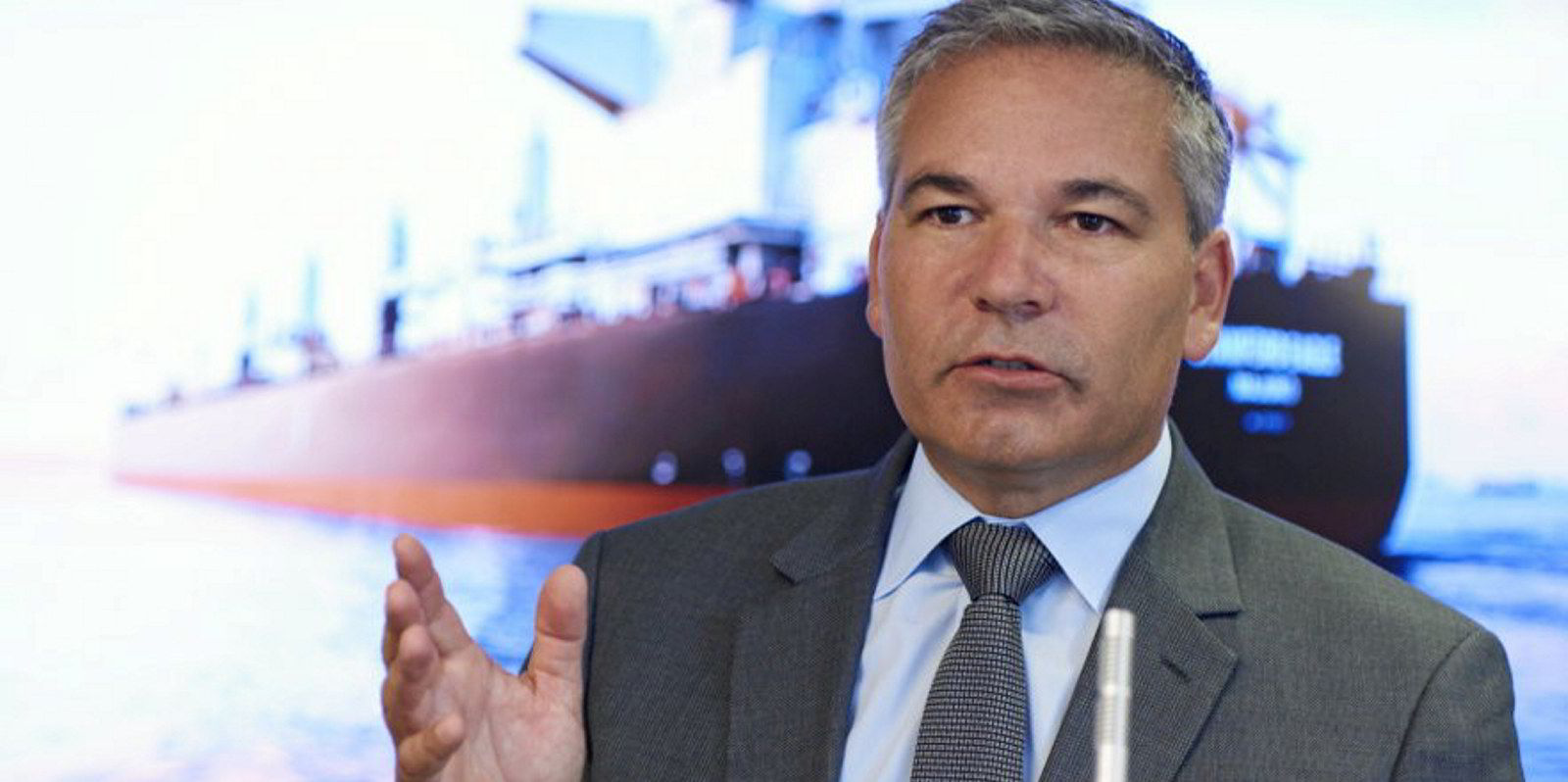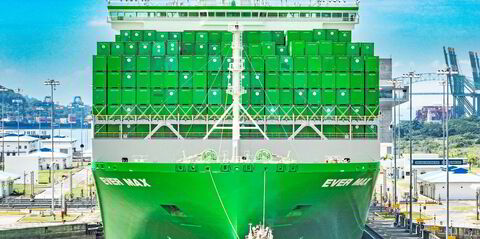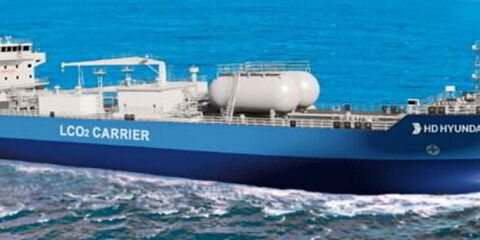Diana Shipping and EuroDry both locked in charter deals lasting around a year as period rates for larger bulkers continued a steady march upward.
New York-listed Diana chartered two vessels to US commodities giant Cargill in four days that showed rising term rates for capesizes and kamsarmaxes.
In the latest transaction, the Greek shipowner said Thursday that Cargill’s Swiss chartering arm re-upped its contract for the 179,000-dwt Santa Barbara (built 2015) at $29,500 per day, minus a 4.75% commission.
For the Semiramis Paliou-led company, that’s a significant earnings improvement for the vessel, which was pocketing $17,250 per day minus commission in the ship’s previous deal.
The new charter, worth more than $12.2m in gross revenue, is scheduled to last until at least May 2023.
The deal comes as shipbrokers see the value of one-year capesize deals on the rise.
Fearnleys’ latest assessment of a 12-month charter of a 180,000-dwt vessel came in at $29,000 per day, up $2,000 for the prior week.
“Period ships are still in demand and there is a steady flow of period fixtures,” the Norwegian broking house said of the capesize market on Wednesday.
Capesize period rates are somewhat higher than the less buoyant spot market, where the Baltic Exchange puts average earnings at just under $13,600 per day on Thursday.
Diana, which owns 34 bulkers, similarly took advantage of a rising period market for kamsarmax vessels by tying up its 82,200-dwt Medusa (built 2010) in a charter to Cargill.
The ship will fetch $26,000 per day, minus a 4.75% commission, until at least May 2023.
Worth $11.2m under that minimum term, the charter could last until July of next year.
That rate marks a 136% increase in the daily charter rate for the Medusa.
The deal came in a week that saw Fearnleys hike its estimate for kamsarmax charters of one year in duration to $27,500 per day, a $500 improvement on the prior week.
That’s better than the rebounding kamsarmax spot market. The Baltic Exchange’s spot rate averages for panamaxes — which is assessed entirely on the basis of kamsarmax-size vessels — stood at just under $23,300 per day. That’s the highest level since 11 January.
Meanwhile, fellow Greek shipowner EuroDry fixed out a supramax bulker for at least 11 months.
The New York-listed bulker owner said its 57,900-dwt Molyvos Luck (built 2014) was locked into a charter that could last up to 13 months at a rate of $25,750 per day.
The ship is expected to begin the contract in May, after completion of its current term contract. The charterer was not disclosed.
Broker assessments for charter rates in the supramax segment are mixed. Clarksons’ latest estimate put a one-year charter of a 58,000-dwt vessel at $25,500 per day on Friday, a dip from $26,250 per day a week earlier.
And while Fearnleys’ estimate on Wednesday showed an unchanged $28,000 per day price tag on a similar deal, estimates by London shipbroker Alibra on the same day showed period rates on the rise for supramaxes and ultramaxes compared with the prior week.
For Athens-based EuroDry, the Molyvos Luck deal nearly doubles earnings for the vessel when compared with its current charter, according to chief executive Aristides Pittas.
The contract brings in at least $8.5m in gross charter revenue and at least $5.5m in Ebitda.

“This new charter will improve our profitability and cash flow visibility, with our charter coverage standing at about 29% for 2022,” Pittas said.
Supramaxes have been experiencing a sharper rebound in the spot market, where rates are somewhat higher than the daily fee to be earned by the Molyvos Luck in its new contract.
The Baltic Exchange’s estimate of spot earnings in this sector surged to $27,700 per day on Thursday, which is the highest level since mid-December.
That spot market strength has been driven primarily by the Asian market, as Atlantic basin rates suffer from the impact of Russia’s invasion of Ukraine.
“The Atlantic has seen more levels in the Black Sea continue to tumble. With the ongoing situation in the Ukraine still unclear, brokers spoke of owners unwilling to trade this region and many leaving the area where possible,” Baltic Exchange analysts said in their daily report on Thursday.
“By contrast, the Asian routes made strong positive gains.”





